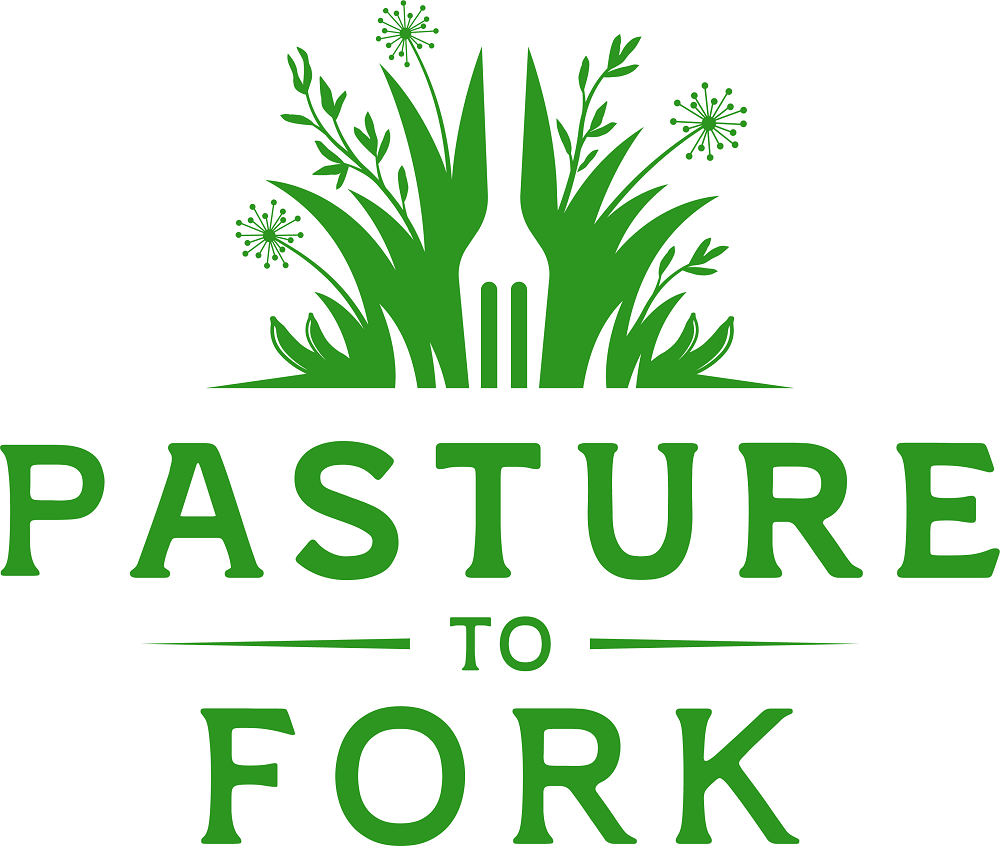Grass-fed Meat Feeds You Optimally
In keeping with our promise last week, this post will delve into the nutrition side of grass-fed vs. grain-fed beef. First, I’ll go into the common science-based points such as omega fatty acids and CLA, and then we’ll visit the less known aspects. Here goes: Omega Fatty Acids- Although it’s now almost common knowledge among educated consumers that grass-fed meat has a more balanced ratio of Omega 3 to Omega 6 fatty acids when compared to grain-fed, most people do not know that grass-fed beef contains up to 5 times more Omega 3’s than grain-fed. If you’re like me, science jargon such as this tends to go in one ear and out the other, but let’s get into it a bit. Omega 3 fats, when consumed, become anti-inflammatory compounds in the human body while Omega 6’s become inflammatory compounds. While the body needs both, they need to be balanced. When we consume an excess of Omega 6 fats – which are found in grains, processed vegetable oils, and grain-fed meat (foods Americans eat a lot of) – we tip the scales toward overall inflammation in the body (which is the core of most disease). Omega 3’s, however, which are proportionally high in green vegetables, fish, and in grass-fed meat and milk, make up a relatively small portion of the American diet. The imbalance of Omega’s in the American diet is merely one factor contributing to myriad disease epidemics the western world deals with today. As most of you know, chronic inflammation is a big deal in today’s world, and we need all the anti-inflammatory compounds we can get. GRASS-fed: Omega 3 to 6, about 7 threes to 1 six GRAIN-fed: Omega 3 to 6, about 1 three to 15 sixes Conjugated Linoleic Acids (CLA’s) – Not so well known as the omega 3/6 point above, CLA is a healthy fat discovered in 1978 at the University of Wisconsin. Conjugated linoleic acid (CLA) is a naturally occurring fatty acid found mostly in full-fat meat and dairy products derived from pasture raised ruminant animals (cows, sheep, goats, etc.). An interesting side note is the mention of full-fat when fat is largely vilified in mainstream food science (i.e., perhaps fat is not all created equal; not all fats are bad). CLA is found in the fat of grass-fed meat, and is greatly diminished—or non-existent—if the animal is finished (fattened) on grain. Please note, unless your beef was clearly marketed as “grass-finished” (different than merely “grass-fed”) it is not grass-finished, and was finished on grain. For the complete low-down, watch this two-minute clip. CLA is widely touted as useful for weight loss because it strengthens the body’s metabolism. It is also well researched as an excellent antioxidant, as well as containing anticarcinogenic and antidiabetic properties. GRASS-fed: if grass-finished, optimal CLA’s are present GRAIN-fed: CLA’s greatly diminished or nonexistent GMO’s – Perhaps the discussion of GMO’s is slightly out of place in this discussion, because an animal can be grain-fed without using of GMO feedstuffs. That said, with 92% of all corn and 94% of all soybeans grown in the US being GMO, finding non-GMO meat that is grain-fed is certainly a rarity. Foremost is the largely hidden tolerance differential in glyphosate residues from human food to animal feed. The USDA allows up to 20 times more glyphosate in animal feed than is tolerated in human food. To explain, glyphosate is the active ingredient in the widely used herbicide Roundup, as well as in generic brand broad spectrum herbicides. With glyphosate becoming an increasingly known health threat since the WHO announced is as a “probable carcinogen” in 2015, such high tolerance of the chemical fed to food animals is certainly questionable. Equally important, glyphosate has been proven to be cumulative in not only the human body, but in animals as well. If a beef animal is fed GMO corn and soybeans in a feedlot for approximately five months or 150 days, how much glyphosate is accumulated in the meat and fat of that animal? The truth is, we don’t know. Glyphosate also messes with bacterial flora. The reason for this can be best explained via its active role as an herbicide. Widely used to kill weeds in commercial crop production—as well as lawn care etc., glyphosate is a chelator that binds essential minerals and enzymes needed for plant production. It works similarly in the gut of an animal or human, thereby interfering with the role of bacterial flora needed for optimal digestion and limiting uptake of vitamins & minerals. GRASS-fed: zero GMO’s GRAIN-fed: most likely contains GMO’s/glyphosate, certainly if sourced from supermarkets Complex vs. Simplistic Nutrition – Perhaps the least discussed fact of grass-fed grass-finished meat is the conversation of complex micro-nutrients. Ruminants, when given the opportunity/environment, will self-select plants based on their immediate nutritional needs. In essence, self-medicate based on today’s condition. One day a cow may need the micro-nutrients found in clover, the next day—or maybe the next hour—she may need the nutrients found in chicory, plantain, or ragweed. For this exact reason, at Pasture to Fork we are very careful how or when we demonize what most farms consider weeds. Only if the cows refuse to eat the plant in all stages of growth do we consider it a nuisance plant. For example, cows love ragweed when its young and leafy, only to refuse it when it gets older and woody. So, we let ragweed grow in the spring and early summer, but mow it down in the fall when the cows no longer eat it. Most so-called invasive plants are opportunistic in nature, meaning they will germinate when the soil/moisture/oxygen conditions are right. Even after a decade in this vocation, I’m still amazed that a plant seed can lie in the soil for many years, yet when the opportunity presents itself, it will germinate and grow. For this very reason we don’t merely raise grass-fed beef, which we think is too confining. We call it pasture raised beef or salad bar beef because it’s literally produced on a salad-bar of plants so that the cows have access to as wide a variety of plants as possible. According to research, original prairie lands had more than forty species of plants per acre. In fact, the late Allan Nation (editor of the Stockman GrassFarmer) would say that after plowing, it takes a hundred years for habitat to recover back to its original pre-plowing plant diversity. We’re just 12 years into it on some of our land, and we’re seeing increased diversity every year already. Plenty of room for additional healing and recuperation, for sure. In today’s modernized culture, we have far too narrow a variety in our diets, thereby missing out on the variety of vitamins and minerals our more widely fed forefathers enjoyed. You might ask if we can taste the difference if the beef had the advantage of wide plant diversity. The answer is no, our sense of taste is not that sophisticated, but our gut bacteria are [that sophisticated] and will benefit from more species diversity in our diets. Perhaps we need the nuance of plantain—digested through a cow—to round out our gut and immune system. On the flip side, grain-fed beef is raised on an extremely narrow variation of feeds. Basically corn, soybeans, and just enough hay to keep the rumen functioning. What’s more, high octane feed such as grain—because the cow is not designed to eat large amounts of it—short-circuits the long, slow fermentation process in the four stomachs (called the rumen), causing it to become too acidic. This in turn creates opportunity for the overgrowth of pathogenic bacteria such as e. coli (which may find its way into the meat during slaughter), affects the overall health of the animal, and robs the eater of a host of micro-nutrients, vitamins, and minerals found in a more natural product. GRASS-fed: highly complex nutrition full of micro-nutrients GRAIN-fed: highly simplistic nutrition prone to bacterial contamination And that, is The View from the Country. Quotes worth Re-Quoting – “You are what what you eat eats.”― Michael Pollan “Per ounce, organic grass-finished beef is cheaper than many common foods like potato chips, red wine, name-brand cookies, popular coffee drinks, fancy donuts, and even fresh strawberries. And if we were to compare price per gram of protein, or per micronutrient, we’d see an even better value.” ― Diana Rodgers







